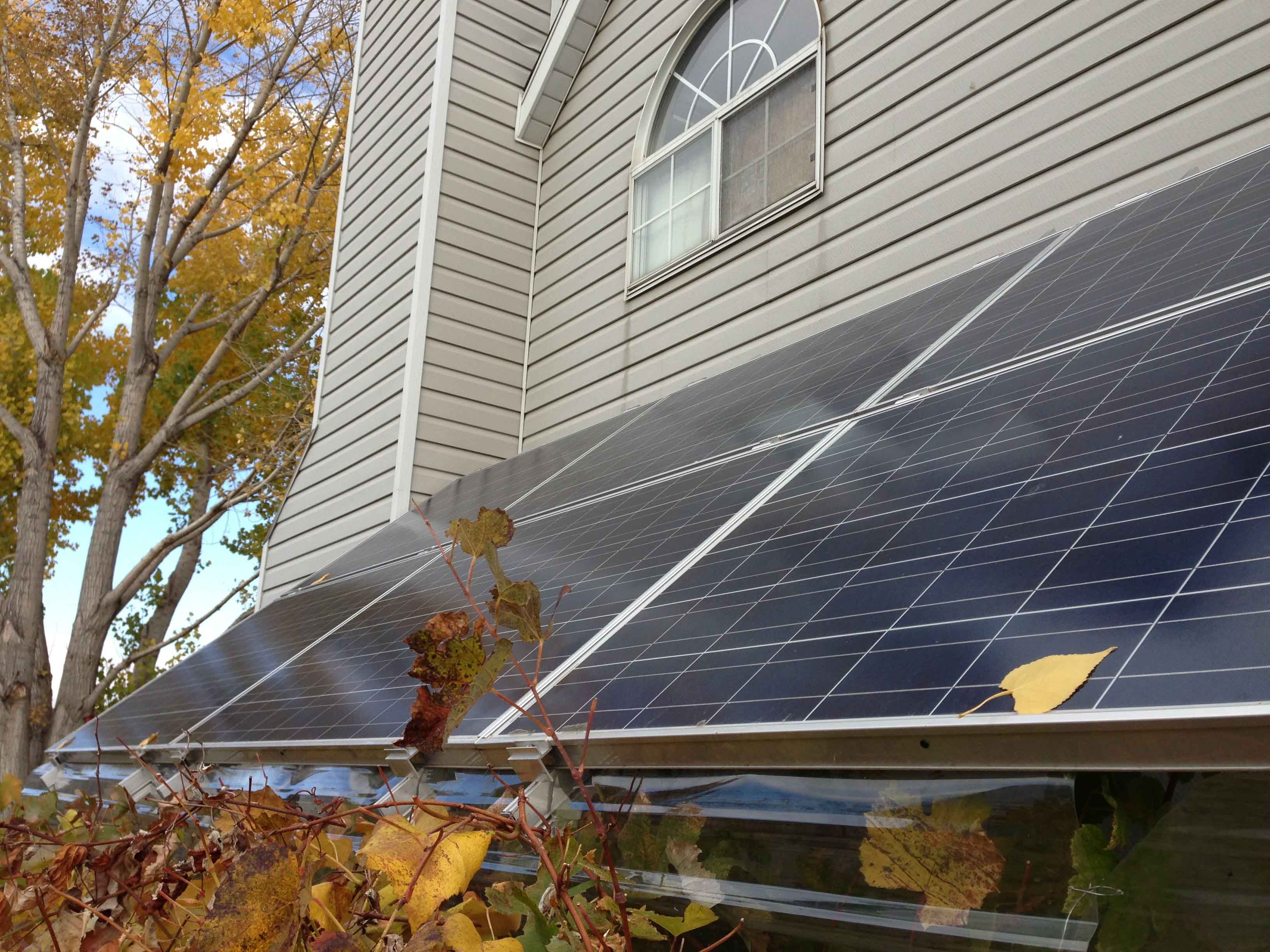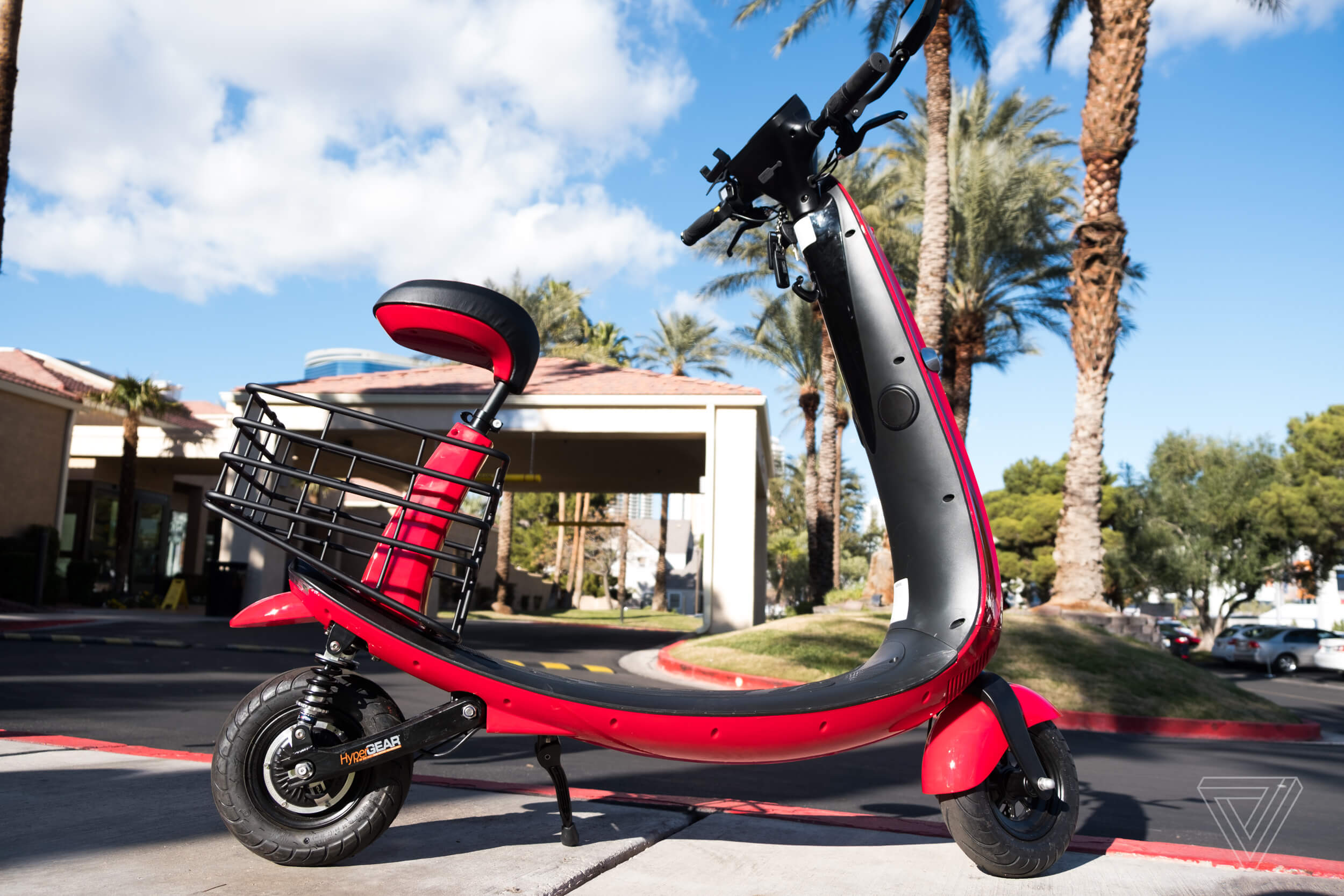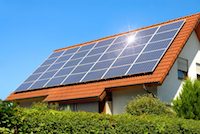
Why You Need To Think Twice Before Going DIY (Do It Yourself) Solar
Often, solar installers receive calls about failed DIY solar installation projects. Do it yourself is not a bad idea as long as the project in question does not go beyond small-scale systems. Regardless of how much are solar panels for a house, we hold that only professionals should handle larger projects such as battery backup, grid-tied and large off-grid systems. You will constantly come across adverts on DIY systems. These systems often come with loads of problems and they could be dangerous. Below, we highlight a few reasons why shunning a professional solar installer may not be a good idea.
1. The Dangers
As most solar panels are fixed on the roof, you may need to access your roof. Statistics show that most construction deaths and injuries are related to falls from roofs. Solar panel contractors use proper personal safety equipment. Let them do the roof installation for you.
To add to falls, solar installation also exposes the do-it-yourselfer to electrocution. The solar array generates electricity as soon as you expose it to sunlight. Solar arrays can also cause fire, as these incidences from two years ago prove. Anyone doing the installation work needs to be conversant with all forms of safety, electrical or otherwise.
2. Incorrect Wiring
Unless you have wiring knowledge, you should not attempt to install solar panels, no matter how small the system. Every inverter has its own voltage and current specifications. Poor wiring to the DC circuit is a recipe for damage, if not a fire. For safety and manufacturer’s warranty reasons, it is important to comply with the recommended ratings.
3. Poor Racking
At first, not many people pay attention to the structures needed to mount the solar system. Choosing the right mounting structures is as important as for other components. Racking is essential for not only the stability, but also the durability of the solar module.
The fact is that good racking does not come cheap. This is justified given that it is solely designed for the solar panels. The best racking is of anodized aluminum construction so it does not corrode easily. This is the same material for PV module frames.
Because of their poor knowledge of material differences, many do-it-yourselfers use strut. You will find this material in most local stores. While strut may be applicable in other projects, it is not designed for solar PV mounting. The simple reason is this: strut contains galvanized steel so it will react negatively with the frames.

4. Paperwork
As a do-it-yourselfer, inspections and licensing are just some of the obstacles you will face along the way. Incentives and rebates, at the local, state and federal levels, often come as a set to offset cost. Some may be cash rebates and others tax rebates. It is doubtful that you have all these details at hand if you are not an expert installer. Solar companies specialize in this kind of work so they can help you save lots of money. Through DIY, you will probably leave most of this money on the table.
To Wrap Up
If you have established how much are solar panels for a house and have decided to do it yourself, we recommend you contact a professional installer first. They will explain to you the differences between professional and DIY solar installation. Of course, there is always excitement upon completing a project of this sort. You may be looking for the proud exclamation of “I MADE IT!” Save the excitement for other projects such as fixing the fence or changing the air conditioner filter. You had better let the professionals do solar panel installations. By checking credible reviews, you not only know how much are solar panels for a house, but also find the best solar contractors in your area.
You can checkout this model featured by our editors










